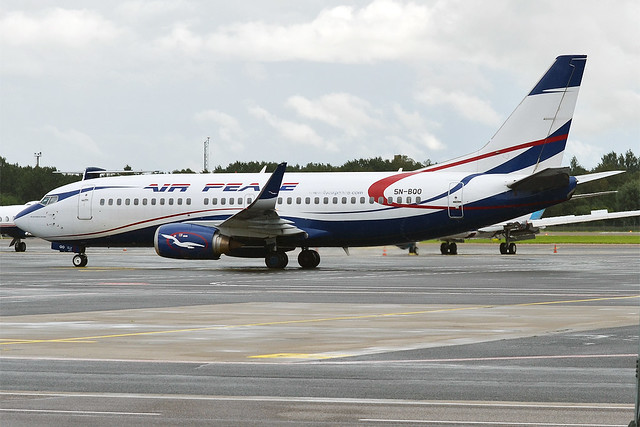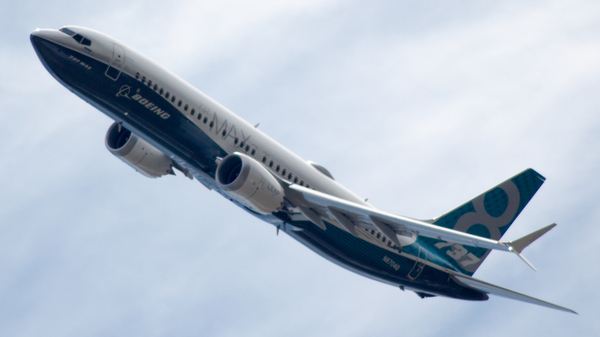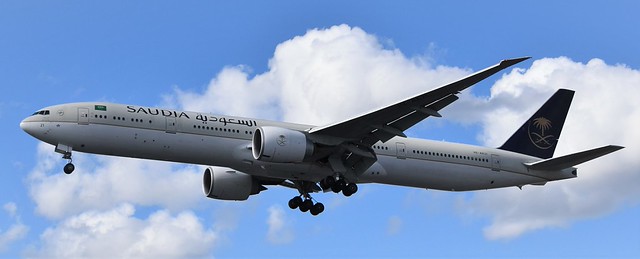Peace E145 at Kaduna on Jan 14th 2021, rejected takeoff due to hydraulic problems
Last Update: May 29, 2024 / 20:48:28 GMT/Zulu time
Incident Facts
Date of incident
Jan 14, 2021
Classification
Incident
Airline
Air Peace
Flight number
P4-7377
Departure
Kaduna, Nigeria
Destination
Lagos, Nigeria
Aircraft Registration
5N-BVD
Aircraft Type
Embraer ERJ-145
ICAO Type Designator
E145
Nigeria's Accident Investigation Bureau (NAIB) stated in their preliminary report the first officer (23, CPL, 1,116 hours total, 960 hours on type) was pilot flying, the captain (64, ATPL, 14,210 hours total, 1,200 hours on type) was pilot monitoring on both the inbound and departing flight.
The NAIB reported during the inbound flight P4-7376, also with the FO being pilot flying, the crew observed a #1 hydraulic system low quantity indication during climb out of Lagos. The crew worked the quick reference handbook procedures which advised the monitor the hydraulic system. With the crew monitoring the #1 hydraulic system the aircraft continued to Kaduna for a safe landing on runway 05. When the aircraft turned off the runway the nose wheel steering felt stiff. The crew turned the electric motor driven pump for the #1 hydraulic system (EMDP 1) on, after which the nose wheel steering became more effective.
Both pilots performed a walk around especially looking out for spillages, none was detected. The crew thus decided to perform the return flight and turned the EMDP 1 on as a precaution. During taxi cabin crew heard hissing sounds from about the wings area to the aft cabin, the flight crew acknowledged the information. The NAIB wrote:
The flight crew stated that during the take-off roll, as the aircraft attained 110 KIAS, the crew experienced heavy vibrations and shaking of the control column. The Pilot (PM) then took over control of the aircraft and performed a rejected take-off by applying foot brakes and thrust reversers to bring the aircraft to a stop. The Number 1 Thrust Reverser did not deploy. The aircraft came to a stop 284 metres short of the end of runway 05 and four metres left of the centreline. At 12:11 h, ATC informed the Aerodrome Rescue and Fire Fighting Services (ARFFS).
According to the CVR recordings, the ARFFS arrived 4 minutes 11 seconds after they were informed by the ATC. Upon arrival, the ARFFS conducted inspection on the aircraft, after which it found the number 1 and number 2 main wheel tyres burst and reported same to the flight crew. The Pilot briefed the passengers of the situation via the Public Address (PA) system, thereafter passengers disembarked normally.
The incident occurred at 12:11 h daytime in Visual Meteorological Conditions (VMC).
The NAIB reported the aircraft had been serviced the night before, both hydraulic systems had been refilled.
A post flight inspection revealed y hydraulic fluid spillage was observed at the left main gear. A hydraulic brake hose coupling underneath the #1 main landing gear was found loose and dripping hydraulic fluid intermittently. Upon tightening the connecting pipe the leakage stopped. In addition the electrical connector for the pressure switch from the #1 engine driven pump was found loose. The connector was tightened, tested and the system delivered 3000psi hydraulic pressure again.
The NAIB reported:
During the take-off roll, at about 756 m from the threshold of RWY 05, the number 2 main wheel tyre (inboard left main wheel) burst and the aircraft continued for a distance of about 1300 m when the number 1 left main wheel tyre (outboard left main wheel) burst. The aircraft continued for another 200 m where runway to metal contact started. The aircraft thereafter, moved in a ground loop pattern for 460 m.
The aircraft stopped at a distance of 1960 m from the point of first tyre burst, 284 m to the end of runway 05 on a magnetic heading of 031°, four meters left of the runway centreline with the aircraft rested on the left main landing gear hubs.
In May 2024 the NAIB released their final report concluding the probable causes of the incident were:
Operating the aircraft with an unserviceable hydraulic system leading to a high-speed rejected take-off.
Contributory factors
- Fluid Leakage from Hydraulic System 1 due to a loose coupling on the hydraulic line servicing the brake control valve.
- Non-adherence to Air Peace Limited guidelines on diagnosis and reporting of faults.
- The Non-indication of a hydraulic leakage and Non-annunciation of HYDRAULIC SYSTEM FAIL message on the Engine Indicating and Crew Alerting System (EICAS) reinforced the flight crew decision (confirmation bias) to continue with the flight from Kaduna.
Incident Facts
Date of incident
Jan 14, 2021
Classification
Incident
Airline
Air Peace
Flight number
P4-7377
Departure
Kaduna, Nigeria
Destination
Lagos, Nigeria
Aircraft Registration
5N-BVD
Aircraft Type
Embraer ERJ-145
ICAO Type Designator
E145
This article is published under license from Avherald.com. © of text by Avherald.com.
Article source
You can read 2 more free articles without a subscription.
Subscribe now and continue reading without any limits!
Read unlimited articles and receive our daily update briefing. Gain better insights into what is happening in commercial aviation safety.
Send tip
Support AeroInside by sending a small tip amount.
Related articles
Peace B733 at Lagos on Jul 23rd 2019, hard landing causes nose wheels to separate
An Air Peace Boeing 737-300, registration 5N-BQO performing flight P4-7191 from Port Harcourt to Lagos (Nigeria) with 133 passengers and 6 crew,…
Peace B735 at Port Harcourt on Jul 13th 2025, overran runway on landing
An Air Peace Boeing 737-500, registration 5N-BQQ performing flight P4-7190 from Lagos to Port Harcourt (Nigeria) with 96 passengers and 7 crew,…
Peace B733 at Abuja on Nov 14th 2024, rejected takeoff due to bird strike
An Air Peace Boeing 737-300, registration 5N-BUQ performing flight P4-7131 from Abuja to Lagos (Nigeria), was accelerating for takeoff when the crew…
Peace B772 at Lagos on Apr 25th 2024, engine fire indication
An Air Peace Boeing 777-200, registration 5N-BVE performing flight P4-7193 from Port Harcourt to Lagos (Nigeria) with 243 passengers and 12 crew, was…
Peace B733 near Enugu on Dec 14th 2018, loss of cabin pressure
An Air Peace Boeing 737-300, registration 5N-BUO performing flight P4-7100 from Lagos to Enugu (Nigeria) with 130 passengers and 6 crew, was enroute…
Newest articles
Tway B38M enroute on Jan 10th 2026, power bank thermal runaway, 8 injuries
A Tway Air Boeing 737-8 MAX, registration HL8579 performing flight TW-634 from Sanya (China) to Cheongju (South Korea) with 32 passengers and 6 crew,…
Saudia B773 at Islamabad on Oct 14th 2024, landed on wrong runway
A Saudi Arabian Airlines Boeing 777-300, registration HZ-AK21 performing flight SV-724 from Riyadh (Saudi Arabia) to Islamabad (Pakistan) with 399…
Subscribe today
Are you researching aviation incidents? Get access to AeroInside Insights, unlimited read access and receive the daily newsletter.
Pick your plan and subscribePartner

ELITE Simulation Solutions is a leading global provider of Flight Simulation Training Devices, IFR training software as well as flight controls and related services. Find out more.
SafetyScan Pro provides streamlined access to thousands of aviation accident reports. Tailored for your safety management efforts. Book your demo today
AeroInside Blog
Popular aircraft
Airbus A320Boeing 737-800
Boeing 737-800 MAX
Popular airlines
American AirlinesUnited
Delta
Air Canada
Lufthansa
British Airways



